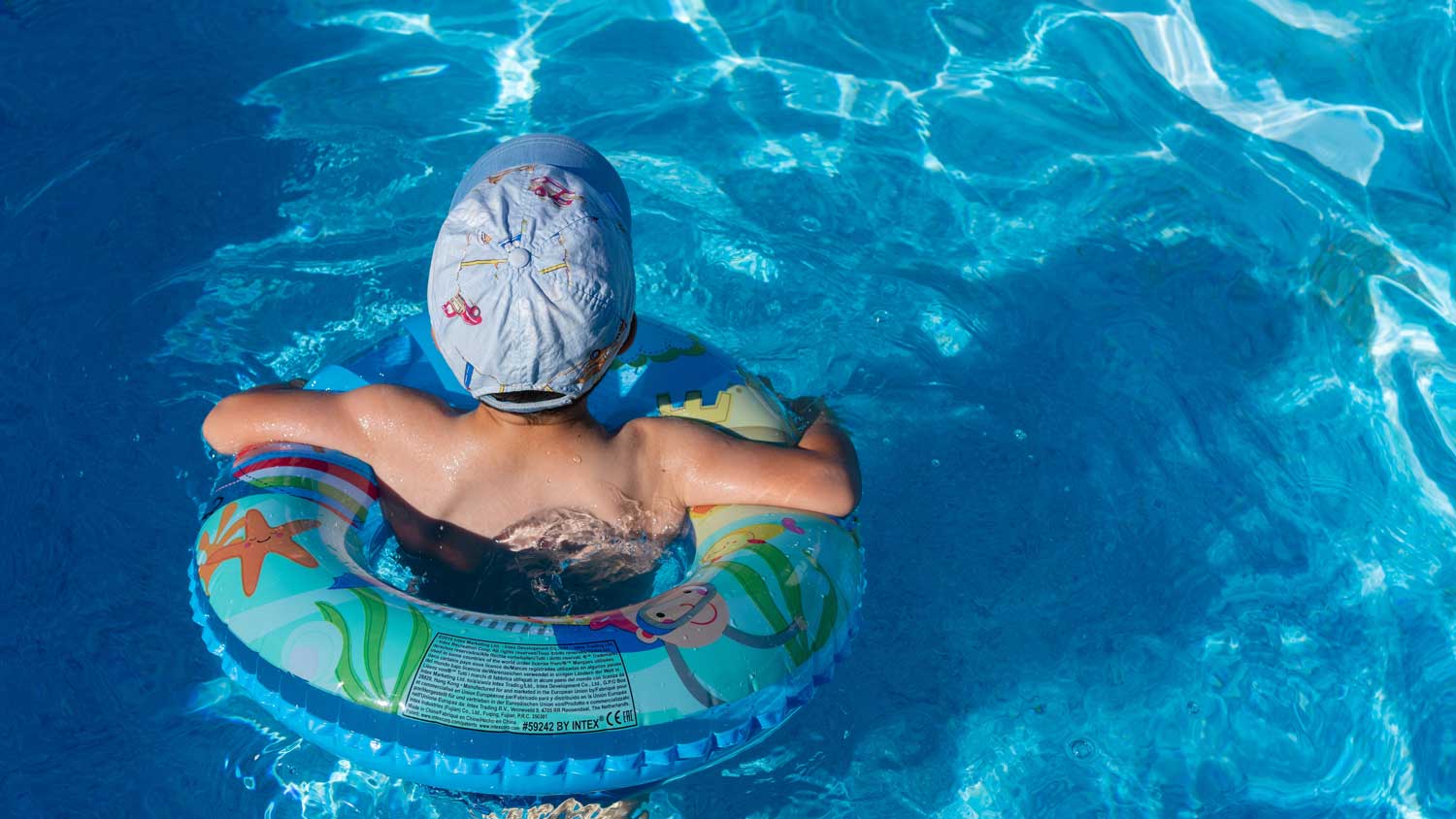Did you know that males, children between 1 – 4 years of age, and minorities are most at risk for drowning deaths?
According to the Centers for Disease Control and Prevention, ten people die daily from unintentional drownings. Males make up 80% of those who die from drowning. Children account for one in five unintentional drownings per day. For every child who drowns, another five children receive medical care for nonfatal submersion injuries. Unfortunately, even nonfatal drowning injuries can be devastating and lifelong by causing severe brain damage.
See the Water Injuries Fact Sheet from the CDC.
Where Do Indiana Drowning Deaths and Accidents Typically Occur
Drowning accidents can occur anywhere with water, even with as little as one inch! Some possibilities include the following:
- Bathtubs
- Public swimming pools
- In-ground swimming pools
- Above-ground swimming pools
- Portable kiddie pools
- Hot tubs
- Water parks
- Oceans
- Lakes
- Rivers
- Streams
- Ponds
- Canals
- Wells
- Sinks
What Are Drowning Risk Factors?
Risk factors for drowning and near-drowning accidents are abundant.
Some risk factors include:
- Inability to swim
- Lack of, or inadequate, parental supervision
- Lack of, or inadequate, professional supervision (e.g., lifeguards)
- Medical conditions (e.g., seizure disorders)
- Lack of proper barriers (e.g., 4-sided isolation fences)
- Failure to wear appropriate water gear (e.g., life jackets, floaties)
- Alcohol use
Helpful Tips for Drowning Prevention
- Learn how to swim yourself.
- Teach your children how to swim and/or sign them up for formal swimming lessons.
- ALWAYS PROPERLY SUPERVISE YOUR CHILDREN AROUND WATER
- Stay within arm’s reach of young children and never multitask while supervising children around water
- Learn CPR, and make sure your loved ones know CPR as well
- SECONDS MATTER
- Wear a life jacket
- E.g., boats, canoes, kayaks, etc.
- Make sure your children wear proper swimming gear
- E.g., life jackets and/or floaties
- Never swim alone, and never allow your children to swim alone
- Do not drink alcohol while supervising children or participating in water activities
- E.g., boating, swimming, water skiing, etc.
- Prevent children from holding their breath for long periods underwater.
- Take proper breaks from swimming activities to prevent exhaustion
- Install and always use proper barriers around home swimming pools
- E.g., 4-sided isolation fences, door locks, door alarms, pool covers, etc.
- Remove all toys from the pool area when not in use
- Install, & always use, proper drain & well covers
- Obey warnings at the beach
- E.g., signs and/or lifeguards
- Pay attention to the signs of a rip current or dangerous waves
- E.g., discolored or choppy water, foamy water, etc.
- If caught in a rip current, swim parallel to the shore; Once free, swim diagonally toward it.
- Pay attention to the weather forecast before participating in water activities.
- Thunderstorms, lightning, and strong winds all pose additional dangers.
Call Garrison Law Firm!
If you or a loved one have been involved in a drowning or near-drowning accident, the GLF team is here to help you. It is important to call Garrison Law Firm at 317-842-8283 immediately because memories, evidence, and witnesses diminish as time goes by, and insurance companies are eager to settle claims too quickly. Contact Garrison Law Firm today!




